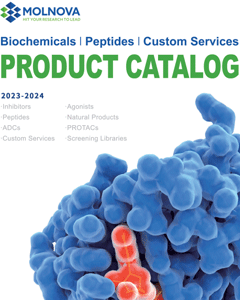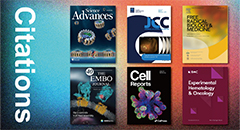
Chlorotrianisene
CAS No. 569-57-3
Chlorotrianisene( Chlorotrianisene | Chlortrianisestrol | Chlortrianizen | Chlorotrianisine | Chlorestrolo | Chlorotrianizen | Khlortrianizen )
Catalog No. M15074 CAS No. 569-57-3
Chlorotrianisene is a powerful synthetic, non-steroidal estrogen.
Purity : >98% (HPLC)
 COA
COA
 Datasheet
Datasheet
 HNMR
HNMR
 HPLC
HPLC
 MSDS
MSDS
 Handing Instructions
Handing Instructions
| Size | Price / USD | Stock | Quantity |
| 50MG | 45 | In Stock |


|
| 100MG | 59 | In Stock |


|
| 200MG | 106 | In Stock |


|
| 500MG | Get Quote | In Stock |


|
| 1G | Get Quote | In Stock |


|
Biological Information
-
Product NameChlorotrianisene
-
NoteResearch use only, not for human use.
-
Brief DescriptionChlorotrianisene is a powerful synthetic, non-steroidal estrogen.
-
DescriptionChlorotrianisene is a powerful synthetic, non-steroidal estrogen.(In Vitro):Comparison of intracellular estrogen receptor (ER) affinities of Chlorotrianisene with respective rat uterine cytosolic ER affinities has initially suggested the potential for activation of ER as a mechanism of growth stimulation. Chlorotrianisene exhibits concentration dependent cell growth stimulation with an EC50 of 28 nM and a Ki of 500 nM in MCF-7 cells.(In Vivo):The incubation of Chlorotrianisene with rat liver microsomes and NADPH generates a reactive intermediate which binds covalently to proteins. Intermediate may inactivate the uterine estrogen receptors (ER). The incubation of Chlorotrianisene with rat liver microsomes and NADPH in the presence of rat uteri, under conditions which generate intermediate, markedly decreased the binding capacity of the ER for [3H]estradiol (E2).
-
In VitroComparison of intracellularestrogen receptor (ER) affinities of Chlorotrianisene with respective rat uterine cytosolic ER affinities has initially suggested the potential for activation of ER as a mechanism of growth stimulation. Chlorotrianisene exhibits concentration dependent cell growth stimulation with an EC50 of 28 nM and a Ki of 500 nM in MCF-7 cells.
-
In VivoThe incubation of Chlorotrianisene with rat liver microsomes and NADPH generates a reactive intermediate which binds covalently to proteins. Intermediate may inactivate the uterine estrogen receptors (ER). The incubation of Chlorotrianisene with rat liver microsomes and NADPH in the presence of rat uteri, under conditions which generate intermediate, markedly decreased the binding capacity of the ER for [3H]estradiol (E2).
-
SynonymsChlorotrianisene | Chlortrianisestrol | Chlortrianizen | Chlorotrianisine | Chlorestrolo | Chlorotrianizen | Khlortrianizen
-
PathwayEndocrinology/Hormones
-
TargetEstrogen Receptor/ERR
-
RecptorER
-
Research AreaCancer
-
Indication——
Chemical Information
-
CAS Number569-57-3
-
Formula Weight380.86
-
Molecular FormulaC23H21ClO3
-
Purity>98% (HPLC)
-
SolubilityDMSO: 10 mM
-
SMILESCOC1=CC=C(C=C1)C(=C(C2=CC=C(C=C2)OC)Cl)C3=CC=C(C=C3)OC
-
Chemical Name1-[1-chloro-2,2-bis(4-methoxyphenyl)ethenyl]-4-methoxybenzene
Shipping & Storage Information
-
Storage(-20℃)
-
ShippingWith Ice Pack
-
Stability≥ 2 years
Reference
1. Kupfer D, Bulger WH. FEBS Lett. 1990 Feb 12;261(1):59-62.
molnova catalog



related products
-
Bazedoxifene acetate
Bazedoxifene acetate (TSE 424; WAY-TES 424), a novel selective estrogen receptor modulator (SERM).
-
Methyl Isoferulate
This product is isolated and purified from the leaves of Phyllostachys heterocycla.
-
Estropipate
Estropipate is a form of estrogen.



 Cart
Cart
 sales@molnova.com
sales@molnova.com


